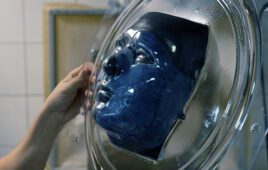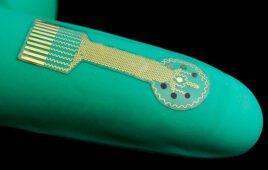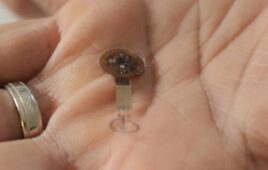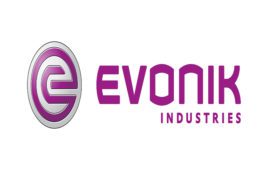
Bruin Biometrics’ SEM Scanner
Bruin Biometrics said it has landed FDA de novo clearance for its SEM Scanner, a wireless, handheld device to help assess patients at increased risk for pressure ulcers.
The scanner is a novel device that can objectively alert clinicians to specific anatomical areas of a patient’s body at increased risk for developing pressure damage before that damage is visible at the skin surface. Pressure sores typically appear at areas of bony prominence, such as the heels and sacrum.
Elevated readings from the SEM Scanner provide objective clinical information that directs clinicians to heels and sacrums at risk of developing pressure ulcers, even before the damage is visible, according to Los Angeles-based Bruin Biometrics. These data can facilitate earlier, anatomically specific interventions designed to reverse the damaging effects of pressure and shear and prevent pressure injuries from breaking through the skin.
Current clinical decision-making relies on assessing a patient’s overall risk for pressure ulcer development and then completing a subjective skin and tissue assessment. Neither method can direct clinicians to where the risk is building until the damage is visible at the skin’s surface. Once pressure injuries (also known as pressure ulcers or bed sores) become visible on the skin’s surface, tissue damage has already occurred.
“Having anatomically specific risk information gives nurses valuable advance notice to institute additional preventive treatment tailored to a patient’s unique needs,” said Ruth Bryant, a SEM Scanner study investigator, author of “Acute & Chronic Wounds” (2016), certified wound ostomy continence nurse, director of nursing research at Abbott Northwestern Hospital in Minneapolis and president-elect of the Association for the Advancement of Wound Care.
“The anatomically specific information combined with tailored preventive actions may ultimately translate into fewer pressure sores, decreased costs, increased quality of patient care, increased patient satisfaction and decreased risk for adverse events due to pressure ulcers such as in-hospital mortality, prolonged length of stay, discharge to an extended care facility rather than to the home, and infection,” Bryant added.
FDA authorization was based, in part, on data from a clinical study assessing the performance of the SEM Scanner compared to visual skin assessment by nurses in 182 patients at risk for pressure ulcers at 12 hospitals and skilled nursing facilities in the U.S. and United Kingdom. More than 2.5 million people annually develop bed sores in the United States, including nearly one out of 10 patients in hospitals and almost one-third of patients in long-term acute care, according to the U.S. Department of Health and Human Services.
Bed sores can lead to pain, disfigurement, infection, and complications such as sepsis, cellulitis, and MRSA. Complications from pressure ulcers cause 60,000 deaths annually in the U.S. – at an annual cost of up to $11.6 billion to the U.S. health care system.
Outside the United States, clinicians have been using the SEM Scanner in conjunction with existing risk assessment tools since 2014.




